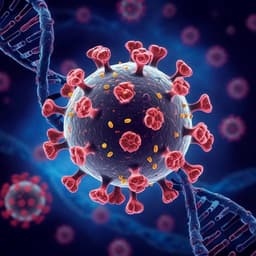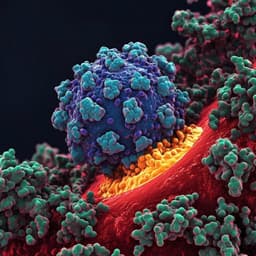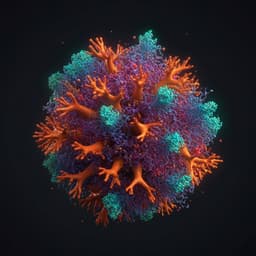
Medicine and Health
The proximal origin of SARS-CoV-2
K. G. Andersen, W. I. Lipkin, et al.
This groundbreaking research delves into the origins of SARS-CoV-2, unraveling genomic data to reveal its remarkable features and natural emergence. Conducted by a team of experts including Kristian G. Andersen and W. Ian Lipkin, the study concludes that the virus likely developed through natural selection rather than in a lab setting.
Playback language: English
Related Publications
Explore these studies to deepen your understanding of the subject.







